Growing E-commerce Sector
The expansion of the e-commerce sector in Brazil is driving the mobile banking market forward. With online shopping becoming increasingly popular, consumers are seeking convenient payment methods that mobile banking provides. In 2025, e-commerce sales in Brazil are projected to reach $30 billion, with a significant portion of these transactions being conducted via mobile devices. This trend indicates a shift in consumer behavior, as more individuals prefer to complete purchases through mobile applications. Consequently, financial institutions are likely to enhance their mobile banking offerings to cater to this growing demand, thereby fostering further growth in the mobile banking market.
Rising Smartphone Penetration
The mobile banking market in Brazil is experiencing a notable surge due to the increasing penetration of smartphones. As of 2025, approximately 85% of the Brazilian population owns a smartphone, facilitating access to mobile banking services. This trend is particularly pronounced among younger demographics, who are more inclined to utilize mobile applications for banking transactions. The proliferation of affordable smartphones has also contributed to this growth, enabling a broader segment of the population to engage with financial services. Consequently, the mobile banking market is likely to expand as more users adopt these technologies, leading to enhanced competition among financial institutions to offer innovative services tailored to mobile platforms.
Adoption of Advanced Technologies
The integration of advanced technologies such as artificial intelligence (AI) and machine learning is transforming the mobile banking market in Brazil. Financial institutions are leveraging these technologies to enhance security measures, personalize customer experiences, and streamline operations. For instance, AI-driven chatbots are being utilized to provide 24/7 customer support, improving service efficiency. As of 2025, it is estimated that 40% of mobile banking transactions will involve some form of AI technology. This adoption not only enhances operational efficiency but also builds consumer trust, as users feel more secure in their transactions. The ongoing technological advancements are likely to propel the mobile banking market to new heights.
Increased Focus on User Experience
In the competitive landscape of the mobile banking market, financial institutions in Brazil are placing a heightened emphasis on user experience. Banks are investing in user-friendly interfaces and seamless navigation to attract and retain customers. This focus on enhancing customer satisfaction is crucial, as studies indicate that 70% of users abandon mobile banking apps due to poor usability. By prioritizing user experience, banks aim to increase customer loyalty and engagement, which could lead to a projected 25% growth in active mobile banking users by 2026. This trend underscores the importance of customer-centric design in the evolving mobile banking market.
Government Initiatives for Digital Finance
Brazilian government initiatives aimed at promoting digital finance are significantly impacting the mobile banking market. Programs designed to enhance financial literacy and encourage the use of digital payment systems are gaining traction. For instance, the Central Bank of Brazil has implemented regulations to foster competition and innovation in the financial sector. These initiatives are expected to increase the adoption of mobile banking services, particularly among underserved populations. As a result, the mobile banking market is likely to see a rise in user engagement, with an estimated 30% increase in transactions processed through mobile platforms by 2026, reflecting the government's commitment to advancing digital finance.


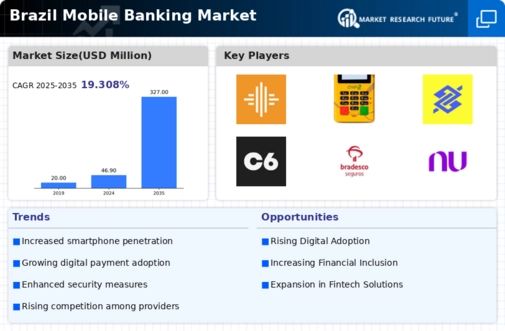
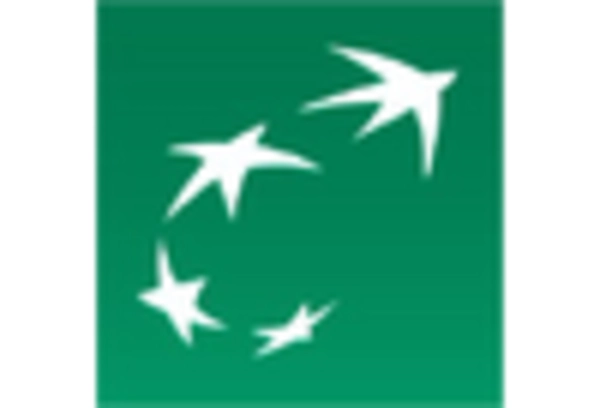
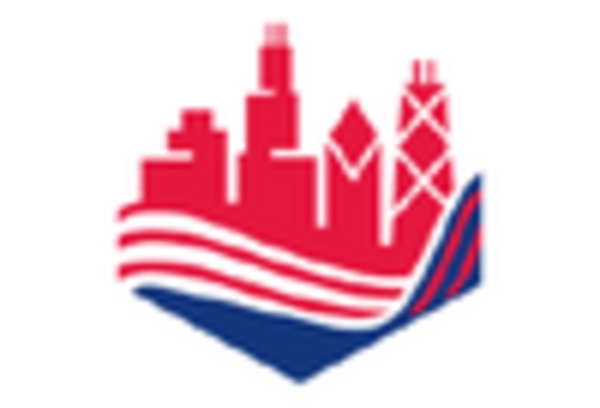
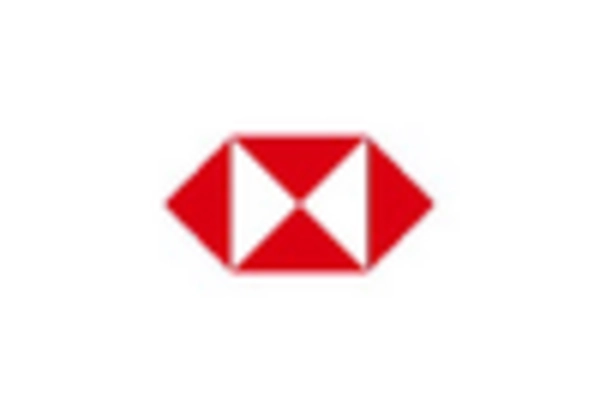
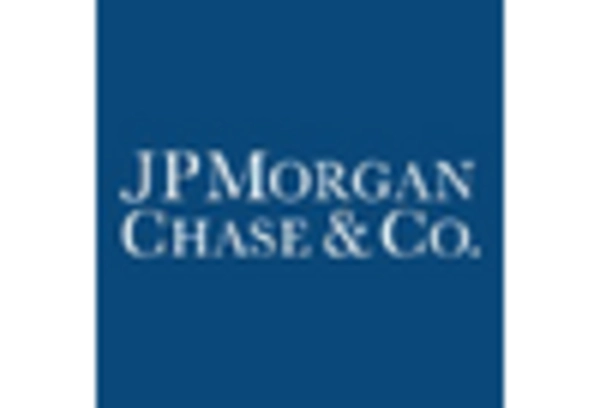
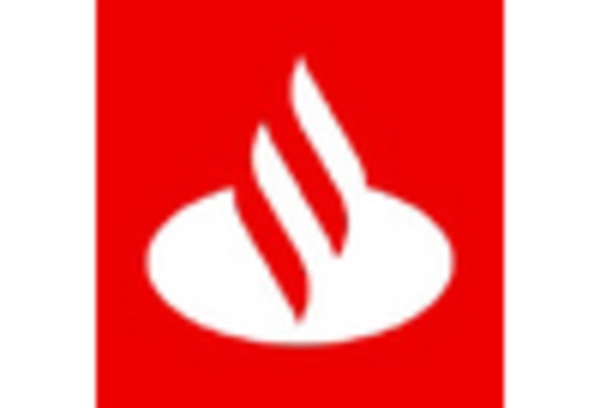
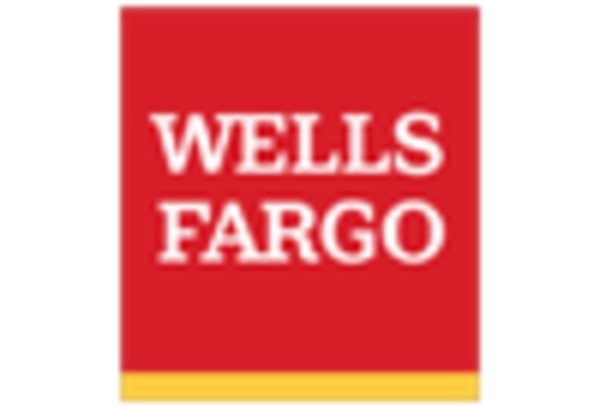








Leave a Comment